Set Yourself Up for Success
Warming up for golf is one of those things that doesn’t get talked about enough because most people assume they already know how to do it. That’s why you see such a range of behaviors on the practice tee. There’s the guy who gets out of his car and starts ripping drivers. There’s “swinging three clubs” guy. And, of course, the army of people whose warm up is the ball that they top off the first tee.
As we get the 2021 golf season underway, Plugged In Golf presents a guide to golf warm ups that will help you get each round started on the right foot.
This Lesson Is For You If:
You’re not sure how to prepare for golf
You want to prevent injuries
You want to play your best
Warm Up Your Body
Your first pre-round goal should be preparing your body to play golf. The most technically perfect golf swing won’t do you any good if you get sidelined by an injury.
Start with some movement to raise your temperature and get a little sweat going. You can jog, do jumping jacks, or use a cardio machine if you have access to one. Once your body feels warm, start preparing the key areas of your body with golf-specific movements. You can find a routine HERE, but any dynamic movements that warm up your shoulders, hips, and back are good.
One thing to avoid before the round is static stretching (static stretching is traditional stretching such as bending to grab your toes for ten seconds). I expect this is going to generate a slew of negative comments, but the research is clear that static stretching diminishes performance in explosive movements like the golf swing. If you want to do static stretching, do it after the round.
Warm Up Your Skills
Once your body is warm, proceed to wake up your golf skills by hitting shots, putting, or chipping. If you can get a little bit of all three, that’s great, but try not to get into the mindset of, “I can’t play well unless I do ______ before the round.”
When you’re hitting balls, try to remember that your body is still acclimating to golf. There’s no reason to smash the first ball with a 110% driver swing. Hit some pitches, some full wedges, then proceed to the irons, hybrids, and woods.
If you’re short on time, do less, but try not to rush. If you don’t have time for your normal ten iron shots, take your time and hit three good ones rather than ripping through ten shots. Starting your day in a hurried mindset can ruin your tempo.
No Expectations
While you’re hitting shots and warming up your short game, do everything you can to avoid creating expectations. It’s very easy to think, “I’m hitting it great…I’m going to set a course record!” or “I’m putting terribly…today is going to be miserable.” Neither is true. Every golfer has experienced being great on the range and terrible on the course and vice versa.
Rather than worrying about how your warm up will impact your round, try to be a neutral observer or focus on your process. Staying neutral can be tough, but it’s a wonderful mental state for a lot of golfers. Rather than getting stressed about hitting a bad shot, you can simply notice, “I hit the ground before the ball” and try to improve on the next swing.
If neutrality isn’t realistic for you, focus on what you can control – your process. Establish a good pre-shot routine. Pick out a clear target and concentrate on it. Swing with good tempo. Those are all patterns you can set for the day and bring to the course with you.
Focus On Your Game Plan
Finally, don’t forget to warm up your mind. Think about the key strategic things that will help you score your best [find a series of lessons on this HERE]. Perhaps you need a reminder to avoid sucker pins. You might decide in advance to hit driver off every tee, no matter what. Or you could choose to make getting on the green the priority for every short game shot rather than playing hero golf. By pre-programming these thoughts, you’ll help yourself make better decisions on the course.
He founded Plugged In Golf in 2013 with the goal of helping all golfers play better and enjoy the game more.
Matt lives in the northwest suburbs of Chicago with his wife and two daughters.
- Performance Golf Click Stick Training Aid Review - October 18, 2024
- Callaway Opus Platinum Wedge Review - October 17, 2024
- When to Take a Break from Golf - October 15, 2024


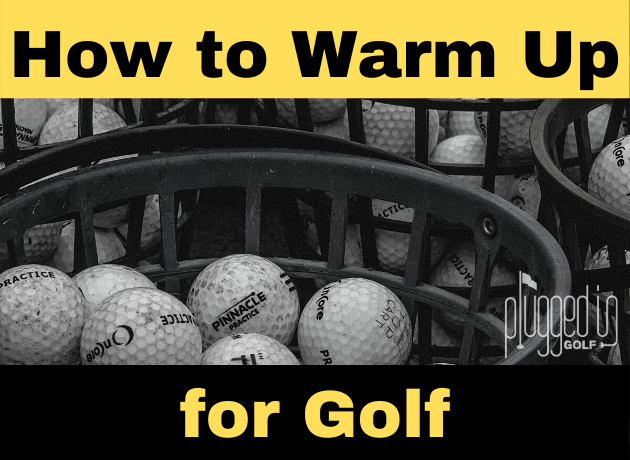
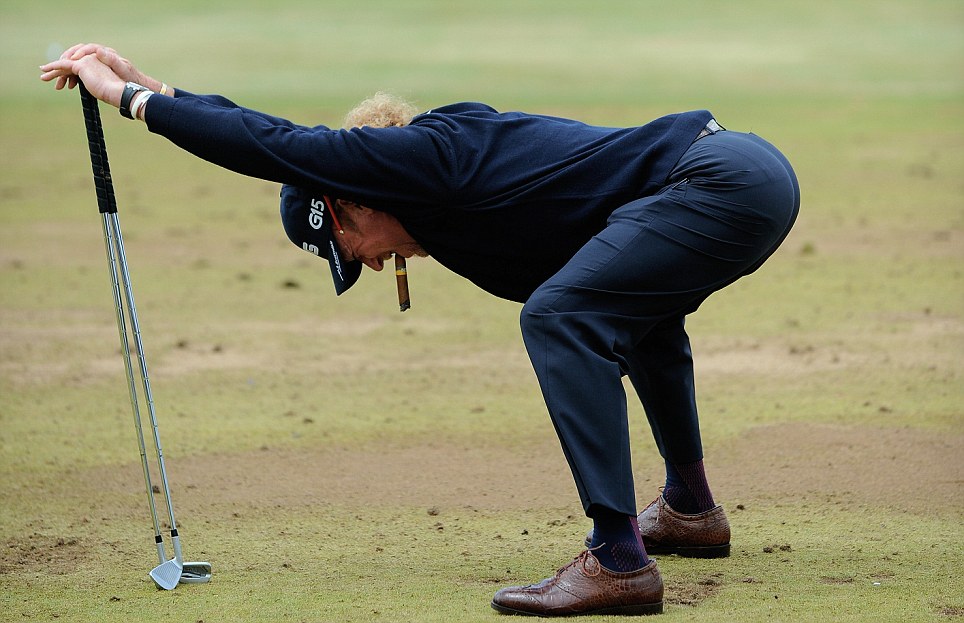
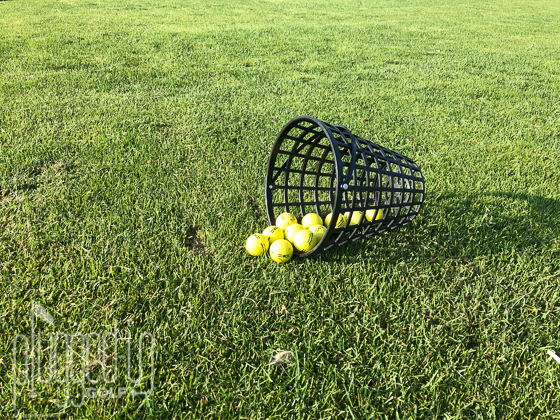
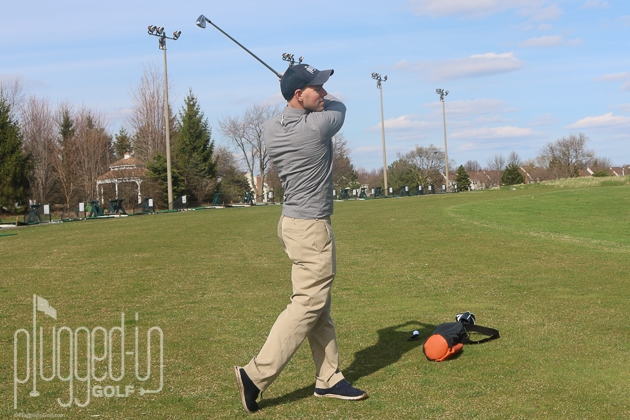
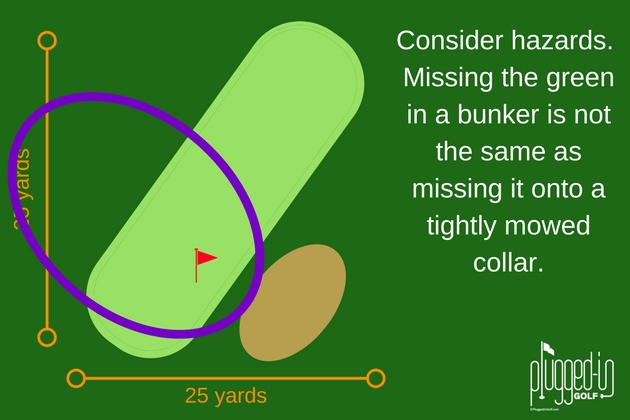
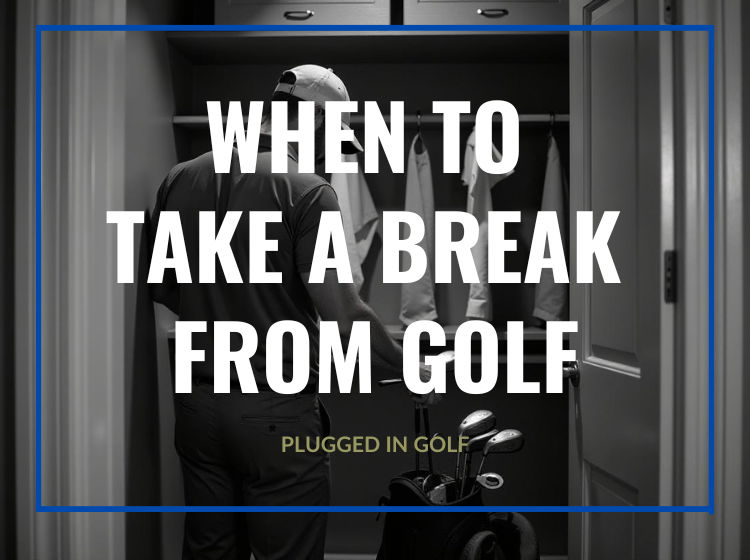
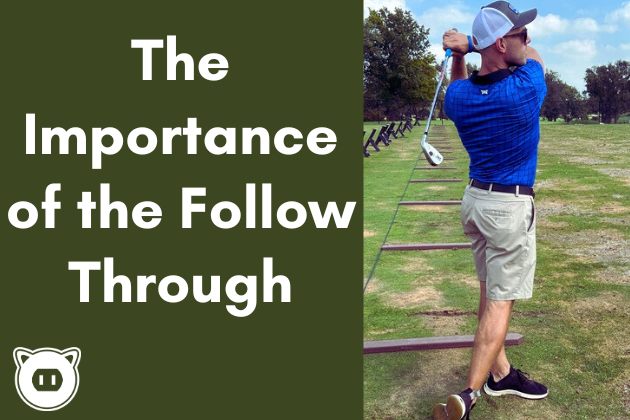
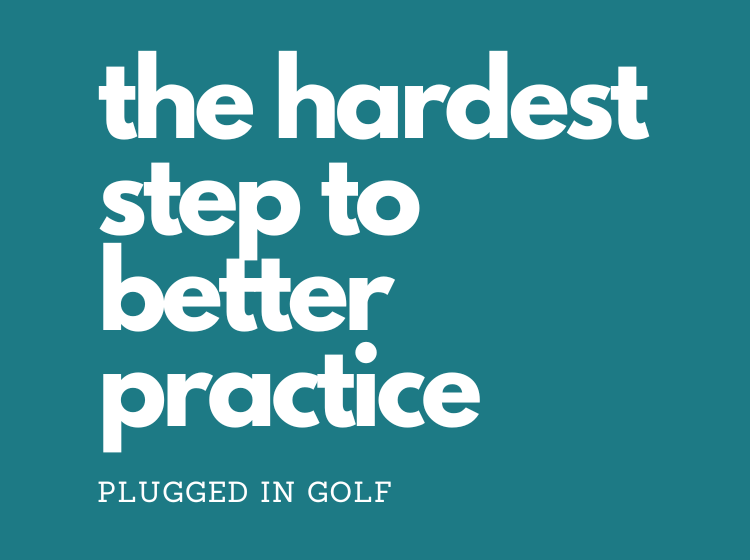









6 Comments
Great advice. As a golf coach/instructor for 26 years, I see many more golfers who don’t stretch than I should. Then they wonder why their golf swings and scores improve after three or four holes. Fifteen to twenty minutes of stretching BEFORE they play would do wonders for their golf game.
Great info, as always! I will make a comment about static stretching, though – for this old dude a combo of stretching and yoga-like moves, plus a back roller, is an absolute must every morning to get this aging bod going….
I do also have a golf-specific set of warmups that my PT guy .. who golfs and plays tennis .. showed me; but now I’m gonna add in some of the things in yours’ and Tyler’s posts. Thx!
Hi Matt,
Following on about warming up there are two products I want to use before a round.
Im 5”9 , 11 1/2 Stone and a swing spin of about 90 (MPH) for my driver. I’d like to get to 100 one day. I do goto the gym quite a bit so I’m ok for fitness.
a) The SKLZ strength and Tempo Trainer. I bought the 40” one last week and having read reviews a lot of people seem to go with the 48” length one. The 40” seems more like my 4 iron and a good length for indoors. Thoughts vs the 48” given my aim is more tempo training than fitness
The other option is the Orange Whip (more expensive). Reviews say this is better for tempo training and the SKLZ is more for fitness ? Have you tried them both ?
b) Smart Ball. I saw the Tourstriker smart ball and this gets great reviews everywhere. A new product is the Watson structureball …. do you have a view ?
Thanks so much
Ant
Ant,
Thanks for your question.
A) I don’t think there’s any reason to favor the 48″ over the 40″, especially if your concern is tempo more than speed. I have used the Orange Whip and the Power Flex [ /power-flex-swing-trainer-review/ ] which looks identical to the SKLZ. The Power Flex is much heavier in the head which so I can understand the idea that it’s better for strength than tempo because it’s too far from your actual clubs. I prefer the Orange Whip for pure tempo, though I don’t use either product regularly.
B) I haven’t reviewed the Structure Ball, but the concept is nothing new. It’s not dissimilar from the Smart Ball: /tour-striker-smart-ball-review/
Best,
Matt
Thanks Matt – really useful advice. One more thing i was looking at was smart motion analysers. Ive seen a few online … Zepp2, SkyCaddie Sky Pro etc but an sceptical about them and the usefulness. Put it this way if at a sophisticated fitting lasers have problems keeping up with swing speed etc ….
But it would be great if there was one acquire enough to draw you 3D swing plane so you could analyse after the range and make adjustments.
Do you have a view and have you seen any later devices that you think are worth a look ? Technology os coming on leaps and bounds, with all these motion sensors and smart watches
Thanks
Ant
Ant,
Great question. The consumer-grade swing analyzer was one of the hottest “gadgets” about 8 years ago, and it seems to have really died. I think the cause is the greater prevalence of launch monitors and the growth of consumer-grade launch monitors. I haven’t seen a new swing analyzer in a few years, but it’s possible I missed one.
My current thinking is that they’re not a great idea for most golfers. There are some functions that I think have merit, particularly tempo, but I think that golfers do themselves A LOT more harm than good when they start worrying about swing plane rather than where the ball is going.
Best,
Matt